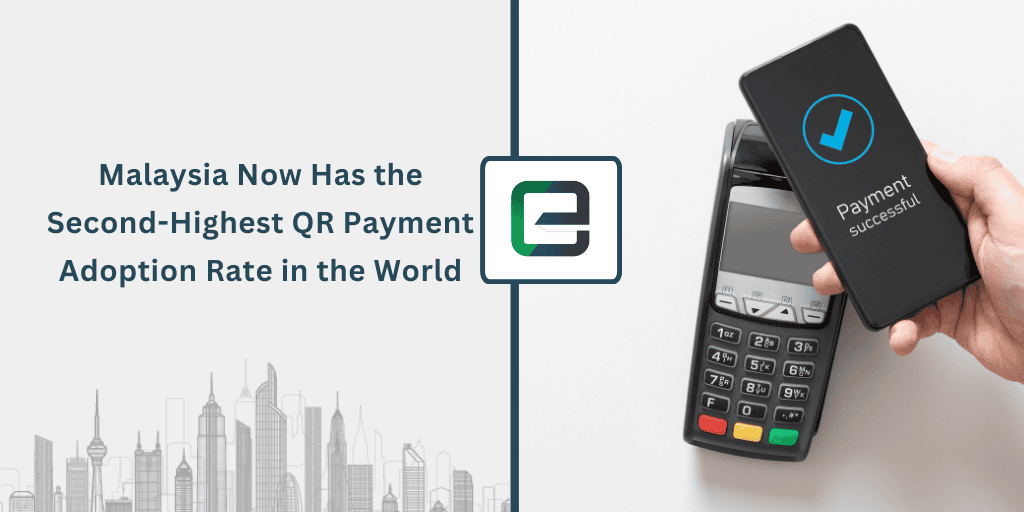Malaysia Ranks Second in the Adoption of QR Payments On A Global Level
QR payments are on the rise, and Malaysia now has the second-highest adoption rate of QR payments in the world. China is still leading the race at the front.
A Payment Method That Is Transforming Transactions
It is incredible how quickly the adoption of QR payments has transformed how people and businesses handle transactions. QR codes have made cashless payments a normal part of daily life. Especially thanks to DuitNow, a QR system that allows different banks and e-wallets to work together using just one QR code. Instead of needing separate codes for each payment app, businesses now use a single, standard code that works with platforms like Touch ‘n Go, GrabPay, and others. This has made paying and receiving money faster and simpler for everyone.
QR codes are everywhere, from high-end stores and parking spots to street food stalls. Their ease of use means vendors don’t need fancy machines or software. The future is looking like just a printed QR code on the counter. For customers, it’s just scanning, confirming, and doing it.
Adoption of QR Payments Is Growing Fast
COVID-19 also played a big role in pushing Malaysia towards contactless payments. The need for safe, touch-free options sped up the adoption of QR payments during the pandemic, and the habit stuck.
Over 2 million merchants now use DuitNow QR, which is more than double the number of traditional POS terminals. There have been 360 million transactions, worth RM14.6 billion. 80% of registered users are small businesses with monthly sales under RM5,000. From just 0.3 million in 2019 to 2 million in 2023, the growth in registered QR codes shows how quickly the country has embraced this technology.
In short, Malaysia’s strong push towards QR payments—driven by convenience, tech innovation, and supportive policies—has placed it firmly on the global map for digital payment leadership.








